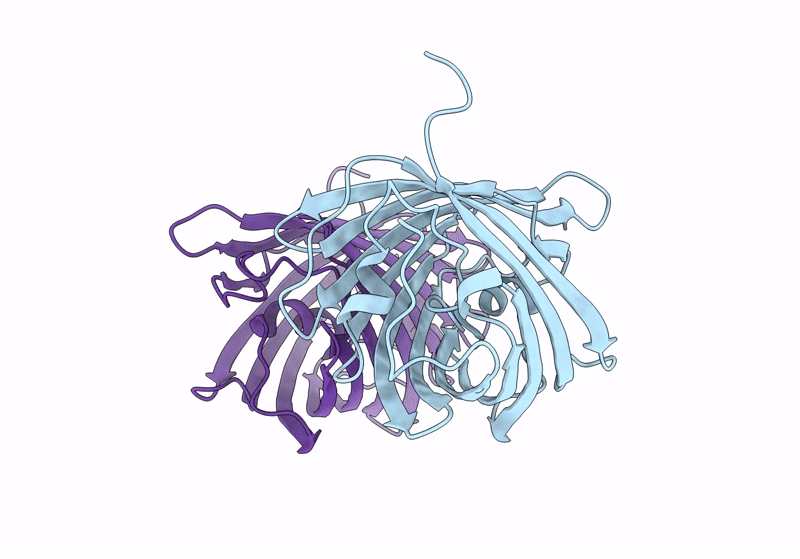
Deposition Date
2023-12-08
Release Date
2024-04-17
Last Version Date
2024-10-09
Entry Detail
PDB ID:
8XC6
Keywords:
Title:
Crystal structure of large stokes shift red fluorescent protein tKeima
Biological Source:
Source Organism:
Montipora sp. 20 (Taxon ID: 321802)
Host Organism:
Method Details:
Experimental Method:
Resolution:
3.00 Å
R-Value Free:
0.24
R-Value Work:
0.19
R-Value Observed:
0.20
Space Group:
P 2 21 21


